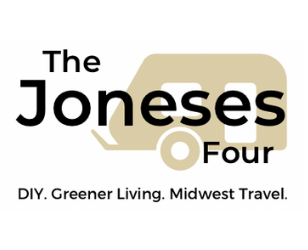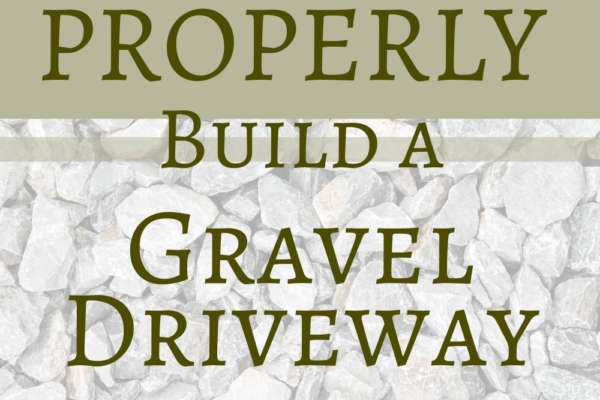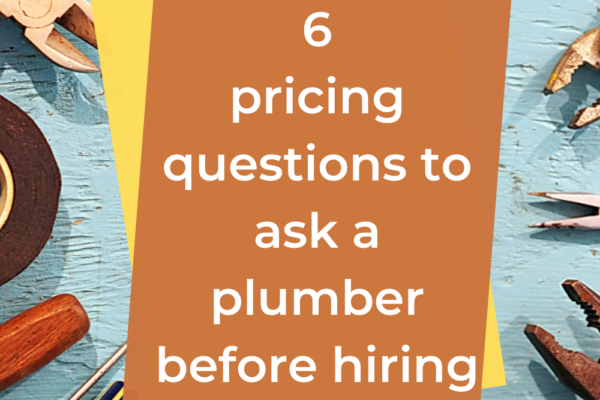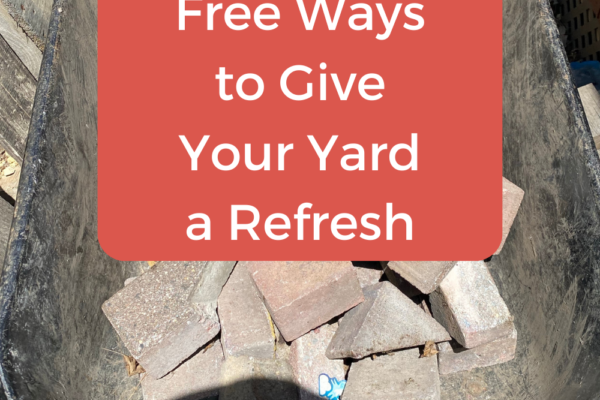Oh, no! Your kitchen range is going kaput… or maybe you just want to upgrade. Either way, shopping for new appliances is overwhelming and expensive. Kitchen ranges, in particular, come with a number of items to consider. As people who have recently purchased a new kitchen range, here are the six most important criteria to consider before determining the right fit for you and your family.
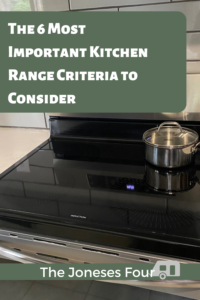
This post contains affiliate links.
1. Budget
Perhaps this goes without saying, after all, budget is the largest determinant for many of us. However, if you have a bit of flex, consider how often you use your stove and how long you want it to last. A standard, budget stove should last 8-10 years, but a higher-end stove could last 15-20, if well-maintained. If you plan on being in your current location for the foreseeable future and don’t plan on making any renovations or style changes, consider the splurge.
When considering your budget, also factor in items like:
- Delivery – this can easily be another $100
- Installation – This can also be another $100+
- Removal of old appliances – Usually a nominal fee to cover recycling costs. In our experience, this is about $25.
- Warranty – Most manufacturers offer a standard one-year warranty, but you may want to consider additional protection. Depending on your product, this can range from 1-10 years and $50 to several hundred. If something goes wrong, a warranty can easily pay for itself. But remember, this is a gamble sellers hope to make money on.
- Hookups – If you’re considering gas, do you have a hookup? If not, how much will it cost to install?
- Cookware – Induction only works with magnetic pans. If you need to replace all of your pots and pans, how much will that cost?
2. Cook style
Stove top
Gas has long been the preference of professional chefs, but electric offers the cheapest options. Induction reduces the risk of fire hazards. Which is right for you?
- Glass tops are hard to clean if food scorches on. You need to buy the recommended cleaner or it’s sure to be a losing battle.
- Induction is more expensive, but it’s safer if you have little kids or pets that might reach or jump up.
- Do you have the right pots and pans? Again, induction only works on magnetic cookware (steel). If you love your current aluminum or copper cookware, maybe induction isn’t right for you.
- Recent news has stated that gas stoves pose health hazards in the home. Is that something you’re comfortable with?
- If energy efficiency is important to you, induction is the way to go!
Oven
Professional bakers swear by convection, but if you’re used to conventional ovens there may be a learning curve.
- Convection – Higher quality baking control. If you don’t bake, maybe this isn’t important, but those that have it, swear by it.
- Convection ovens come with a higher ticket price. $
- Air fryer option – That’s right! Stoves come with an air fry option. If you have (and love!) your air fryer but loathe hauling that clunky appliance out, this may be worth the add-on.
- If you opt for convection, you may have the choice of one oven or two. If you do a lot of hosting or baking, the extra oven may be worth it.
3. Material
There are the standard black, standard white, and stainless options, but consider things like scratching and fingerprints.
Stainless continues to be all the rage, but magnets can scratch the surface. If you like to hang kids’ art and holiday cards on your fridge, a stainless set may not be right for you.
Same goes if you’re particular about fingerprints on your facades. The dirt and oils on fingers tends to transfer more visibly to stainless than other surfaces. This goes for water dripping and flour dust, too. We hang our towels on the oven door handle and bake a lot of our own breads and cakes. These things either need to be overlooked or regularly wiped up.
4. Temperature control and location
Knobs in front or back? Or maybe even no knobs at all!
Kids and pets can play a big factor in this. Or maybe you prefer the aesthetic of a stove that’s fully level with the counter. It does look pretty sleek….
Measurements
This is one of the most important things to consider!
I’ll never forget the time a delivery person told us about a woman who ordered the fridge she wanted without considering its placement. It was several inches too wide and they needed to return it to the store. He learned his lesson after that customer. He came in and measured spaces before moving the box.
Width
If you’re trying to squeeze between counters, make sure you have about ¼”-½” wiggle room on either side. Don’t give yourself too much space, or it’ll look underscaled. Also, food crumbs will more readily fall into the gap.
Range height
With stoves in particular, height can be a big factor. You definitely don’t want it taller or shorter than your counter. Not all counters are the same height. (Who knew?) Some stoves have adjustable feet, providing a bit of flex, but always measure and consider the height of your range.
Counter depth
You definitely don’t want your range to fall short of your counters. If you do and you have unfinished sides on your cabinets, they’ll show.
On the other side, are you okay with your stove poking out past your counters?
When we remodeled our kitchen, we worked in some adjustments to increase our breathing room. Unfortunately, when it came to buying a new stove, this limited our options. Many stoves have another 2”-4” in depth, not including the handle. We did not want our stove to stick out past the counters, so our options were limited to models less than 26” deep.
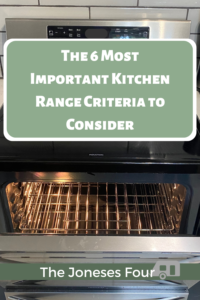
6. Backsplash install
If you currently have a backsplash and top display, but are considering a different style, double check to make sure your backsplash goes below counter level. If it doesn’t, you get to decide if you want to take on that project along with your new purchase.
What did we decide on?
If you’re curious about what stove we landed on, we went with a budget model stainless steel induction with air fry. Due to depth issues, we ended up purchasing one with a top display. It was one of the only models that didn’t extend more than an inch beyond our counter depth.
We did look at some mid-range priced models, but couldn’t find a brand that had both consistently good reviews and that matched our dimensional needs. If you have any recommendations though, I’d love to hear them in the comments below!
We wish you the best of luck on your stove shopping journey!
– Melissa, The Joneses Four
